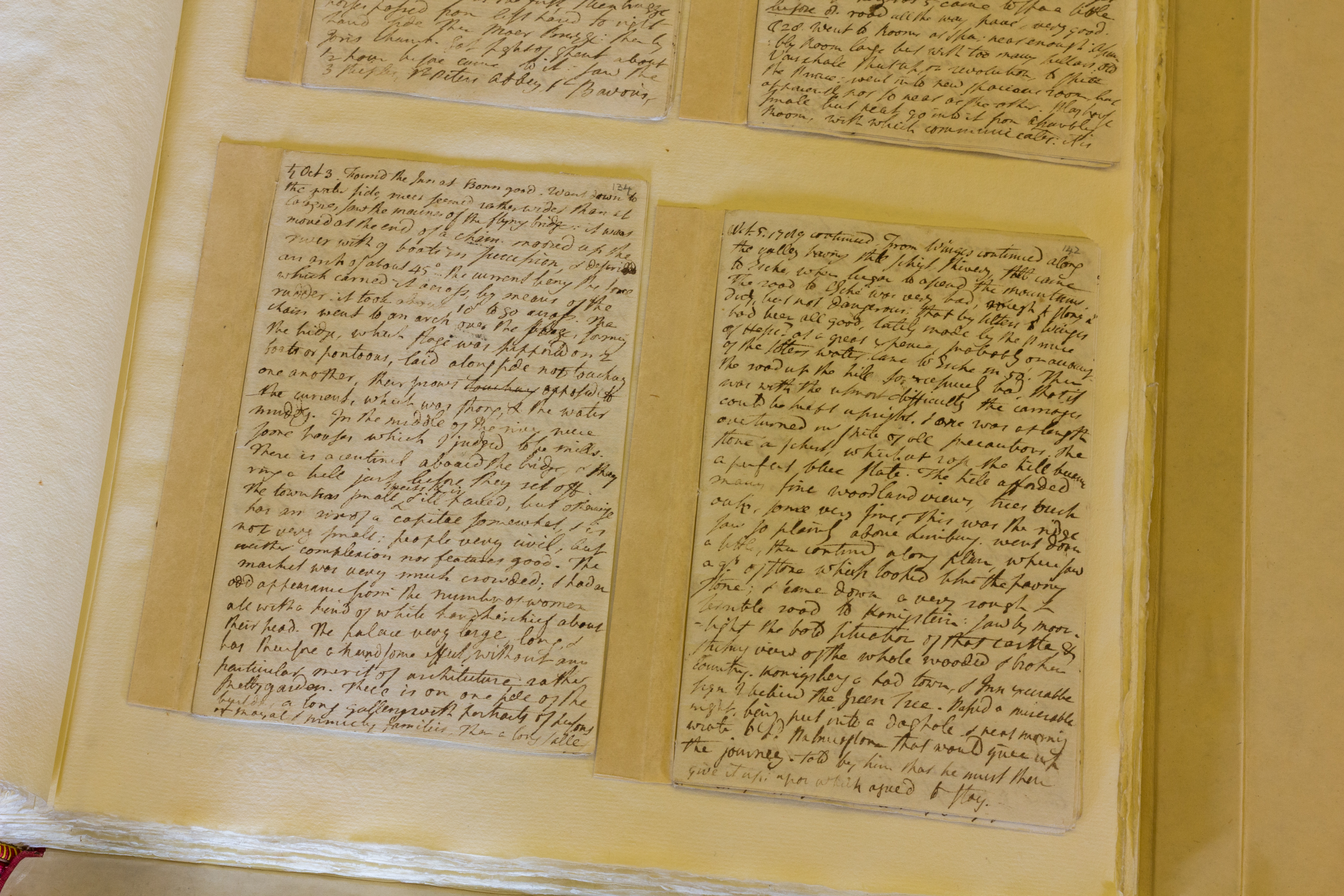|
Charles Blagden
Sir Charles Brian Blagden Fellow of the Royal Society, FRS (17 April 1748 – 26 March 1820) was an English physician and chemist. He served as a medical officer in the Army (1776–1780) and later held the position of Secretary of the Royal Society (1784–1797). Blagden won the Copley Medal in 1788 and was knighted in 1792. He died in Arcueil, France in 1820, and was buried at Père Lachaise Cemetery in Paris. Early life Blagden was born in Wotton-under-Edge, Wooten-under-Edge in Gloucestershire. He was a younger son of John Blagden (1715–1750) and Elizabeth Phelps (1716–1784). His family was part of the local textile industry. Of his youth, he stated that he "was denied the advantages of either public school or college education". Nonetheless, he studied medicine at the University of Edinburgh Medical School, University of Edinburgh and graduated as a doctor in 1768. He was elected a fellow of the Royal Society in 1772. In 1776, he became an army surgeon. During t ... [...More Info...] [...Related Items...] OR: [Wikipedia] [Google] [Baidu] [Amazon] |
Mary Dawson Turner
Mary Dawson Turner, formerly Mary Palgrave before her marriage (1774–1850), was an English artist. She is known for her series of portraits, making etchings from drawings collected by her husband. Life She was the daughter of William Palgrave, one of 12 children; her sister Anne married Edward Rigby (physician), Edward Rigby. She married Dawson Turner, and they had 11 children, of whom eight survived to adulthood. Works She etched a series of 50 illustrations by John Sell Cotman for her husband's ''Account of a Tour in Normandy'' (1820). She also made collections of etched portraits. One set of 50 etchings, published in 1823, was followed by a set of 100 portraits of "distinguished individuals", published at Great Yarmouth. There was a larger collection including also buildings and landscape subjects. Notes {{DEFAULTSORT:Dawson Turner, Mary 1774 births 1850 deaths English etchers 19th-century English women artists Women etchers 19th-century etchers ... [...More Info...] [...Related Items...] OR: [Wikipedia] [Google] [Baidu] [Amazon] |
Chemical Reaction
A chemical reaction is a process that leads to the chemistry, chemical transformation of one set of chemical substances to another. When chemical reactions occur, the atoms are rearranged and the reaction is accompanied by an Gibbs free energy, energy change as new products are generated. Classically, chemical reactions encompass changes that only involve the positions of electrons in the forming and breaking of chemical bonds between atoms, with no change to the Atomic nucleus, nuclei (no change to the elements present), and can often be described by a chemical equation. Nuclear chemistry is a sub-discipline of chemistry that involves the chemical reactions of unstable and radioactive Chemical element, elements where both electronic and nuclear changes can occur. The substance (or substances) initially involved in a chemical reaction are called reagent, reactants or reagents. Chemical reactions are usually characterized by a chemical change, and they yield one or more Product (c ... [...More Info...] [...Related Items...] OR: [Wikipedia] [Google] [Baidu] [Amazon] |
19th-century English Medical Doctors
The 19th century began on 1 January 1801 (represented by the Roman numerals MDCCCI), and ended on 31 December 1900 (MCM). It was the 9th century of the 2nd millennium. It was characterized by vast social upheaval. Slavery was abolished in much of Europe and the Americas. The First Industrial Revolution, though it began in the late 18th century, expanded beyond its British homeland for the first time during the 19th century, particularly remaking the economies and societies of the Low Countries, France, the Rhineland, Northern Italy, and the Northeastern United States. A few decades later, the Second Industrial Revolution led to ever more massive urbanization and much higher levels of productivity, profit, and prosperity, a pattern that continued into the 20th century. The Catholic Church, in response to the growing influence and power of modernism, secularism and materialism, formed the First Vatican Council in the late 19th century to deal with such problems and confirm ce ... [...More Info...] [...Related Items...] OR: [Wikipedia] [Google] [Baidu] [Amazon] |



